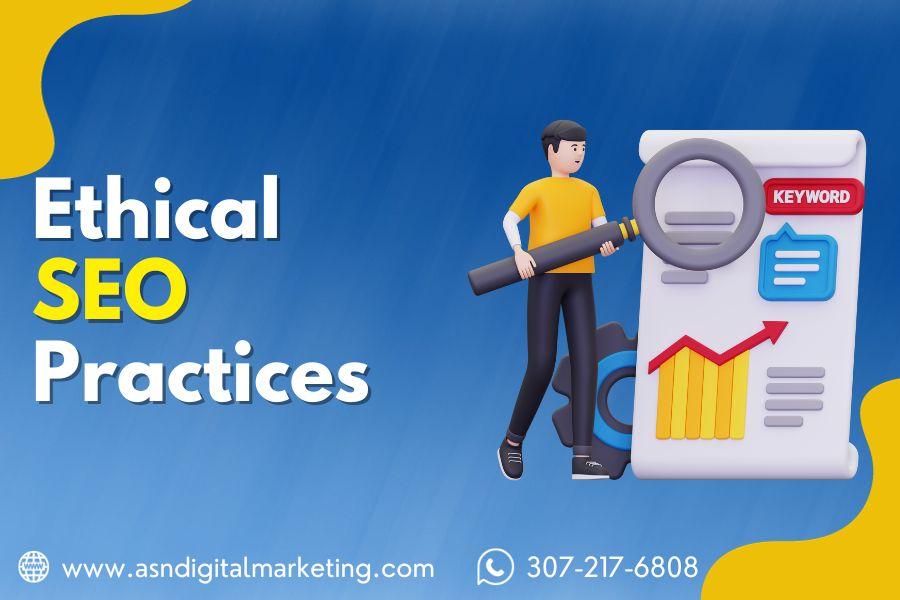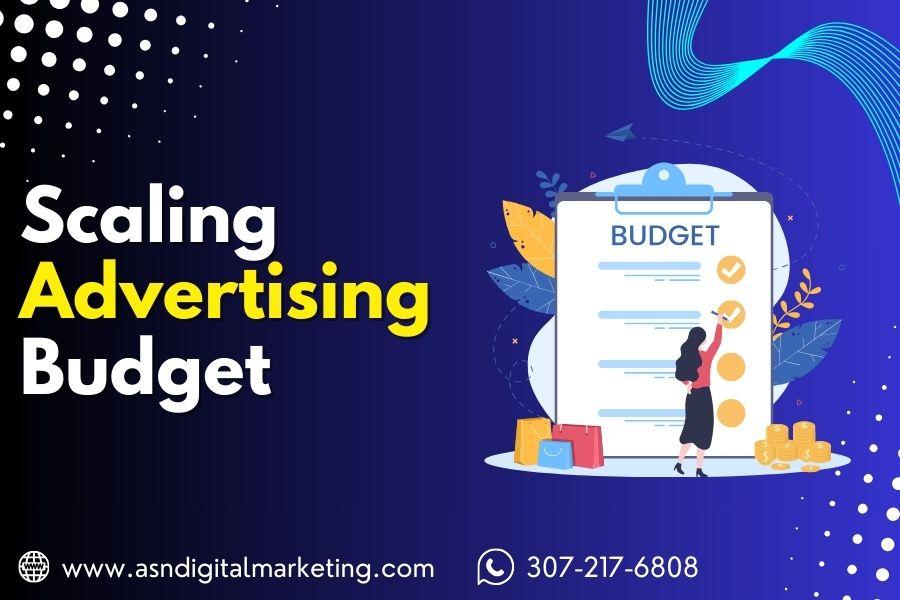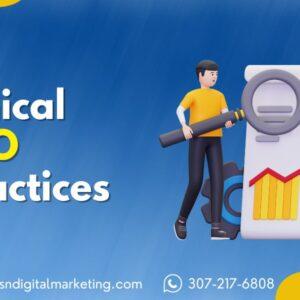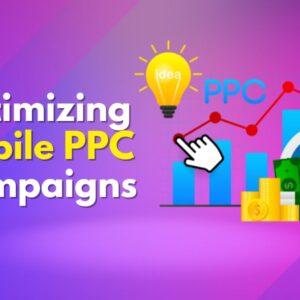Writing compelling ad copy is one of the most crucial elements for running successful online advertising campaigns. With more competition and noise than ever before, your ad copy needs to grab attention and persuade potential customers to take action.
The goal of ad copy is not just to get clicks but to drive conversions. You want people who see your ads to become paying customers. This requires copy that is clear, concise and speaks directly to your target audience. Follow these tips to write ad copy that converts.
Know Your Audience
The first step is getting clear on who your best customer is. Define your target demographic in terms of:
- Age
- Gender
- Location
- Income level
- Interests
- Pain points
Understand what motivates them and what messaging will appeal to them. Do research by looking at customer data and surveying existing customers about what compelled them to buy.
The more you know about your audience, the better you’ll be able to customize your ad copy to their desires.
Focus on Benefits, Not Features
One of the biggest mistakes brands make with ad copy is focusing too much on product features rather than customer benefits. Don’t just list specifications and functions. Explain how your offering actually helps people.
For example, don’t say:
Our vacuum has a 1300-watt motor and Hepa filtration system.
Say:
Our vacuum deep cleans your floors with incredible suction power, trapping dust and allergens so you can breathe easily.
Always link features back to concrete benefits. Create messaging that connects with your audience and makes them care.
Speak to Pain Points
What struggles and pain points does your target audience face? Your ad copy should directly address these issues. If you’re selling acne treatment products, call out how acne can make people feel insecure and negatively impact their self-esteem.
Really get into the emotions your customers experience. Empathy goes a long way in copywriting. When you display an intimate understanding of an audience’s problems, they’ll be more receptive to your solution.
Convey Trust and Credibility
People are skeptical of ads. They’re used to big promises that don’t deliver. You need to overcome this distrust by conveying legitimacy and authority in your copy.
Mention any awards your company has won, noteworthy press coverage, years in business, positive customer reviews, or certifications that set you apart from competitors. Include any concrete evidence that shows you’re qualified, trustworthy, and can actually deliver on your promises.
Tell a Story
Storytelling is one of the most compelling ways to engage your audience. Rather than talking about your brand in general terms, paint a specific picture of how someone’s life is improved by using your product.
For example, don’t just say your dietary supplement gives people more energy. Describe how a busy mom is able to keep up with her kids, successfully manage her career, and still have energy left over to pursue her passions thanks to your product.
Vivid stories like this create an emotional connection while also proving your point. Use storytelling to bring your ad copy to life.
Focus on Headline and Opening
Your headline is one of the most crucial parts of your ad. In just a few short words, you need to grab attention and inspire people to read more. Some effective tactics include:
- Asking a provocative question
- Presenting an exciting offer or deal
- Stating a specific customer benefit
- Referencing a shared pain point
Avoid generic, overly sales-y headlines. You have just a split second to capture interest, so your headline needs to be creative and thought-provoking.
The opening sentence is almost as important. Quickly build on the headline by further tapping into the customer’s situation and presenting your solution. Those first few sentences will determine if people continue reading or move on to something else.
Keep It Short
With online ads, shorter copy often performs better. You don’t need long blocks of text to make your point. Use clear, concise language that gets straight to the benefits.
Aim for no more than 125 words for a Facebook or Instagram ad, 25 words for a tweet, and a few comprehensible sentences for a Google text ad.
The right balance depends on the format, but always be as succinct as you can while still communicating what people need to know. Remove any excessive words that dilute your message.
Follow AIDA Model
A time-tested formula for structuring ad copy is AIDA:
Attention: Capture interest with a compelling headline and opening.
Interest: Highlight customer pain points and product benefits.
Desire: Build urgency and inspire people to want your solution.
Action: Tell people exactly how to purchase or sign up.
This model will take your audience step-by-step through the decision-making process. Move them from initial awareness to actively taking your desired conversion action.
Test and Refine
Like anything in marketing, ad copywriting takes practice and refinement. The only way to know what truly works is to test different messages.
Start by A/B testing different headlines and opening lines. Then test how copy length impacts performance. Try presenting benefits in different ways.
The more you experiment, the more you’ll discover which copy resonates with your audience and drives conversions. Refine over time based on real data.
Conclusion
Compelling ad copy is what transforms casual readers into paying customers. Follow these tips to craft strategic messaging that gets results:
- Speak directly to your target audience
- Focus on meaningful benefits
- Address pain points and provide solutions
- Build trust with credibility details
- Tell stories that connect emotionally
- Optimize headlines and opening sentences
- Keep copy tight and succinct
- Structure with the AIDA framework
- Continuously test and refine based on performance
With persuasive copy that taps into your audience’s deepest needs and desires, you’ll see increased ad engagement and more conversions for your business.










